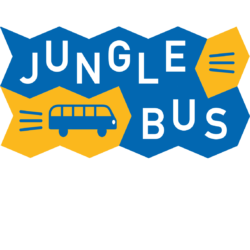More and more information on public transport is available today, either through open data portals or through collaborative projects such as OpenStreetMap or Wikipedia.

This paves the way for new forms of use of these data that were not previously possible, such as :
- supplement your own data in GTFS format with tracks from OpenStreetMap
- add a Wikipedia paragraph detailing the history of a train or subway station in addition to useful information for the traveller
- compare the positions and labels of your transport data with OpenStreetMap to detect and correct errors, as Île-de-France Mobilités and Entur already do
- etc
The Mobility Database
In order to facilitate these new uses, the Mobility Database project aims to assign unique and shared identifiers between sources for the different transport objects (stops, routes, agencies, etc).
This project is led by MobilityData, a Canadian foundation that brings together mobility stakeholders in order to enhance data exchange formats (including GTFS) to improve the quality and accuracy of travel information for the benefit of all.
To prepare for this ambitious project, Jungle Bus carried out for MobilityData a study of the different models to represent transport data in collaborative projects (OpenStreetMap and Wikidata) and exchange formats (GTFS and NeTEx) as well as a comparative analysis of the different tools to compare and merge data from different sources and to import transport data in OpenStreetMap and Wikidata.
You can find these two complete studies on our website:
Do you think OpenStreetMap or other collaborative projects can improve your data or procedures? We can assist you in this reflection, contact us!

